5 Common Constellations

A constellation is a group of that when seen from earth form a particular pattern. The word constellation comes from a Late Latin word, constellstio which can be translated to mean “set of stars.” Constellation is used to describe a recognizable pattern of stars whose appearance is linked to a mythological creature. The appearance of constellations may reveal when and where the constellation maker lived. The sky is divided into 88 constellations based on asterisms depicting 42 animals, 29 inanimate objects, and 17 mythological creatures. Some of the common constellations include;
5. Phoenix
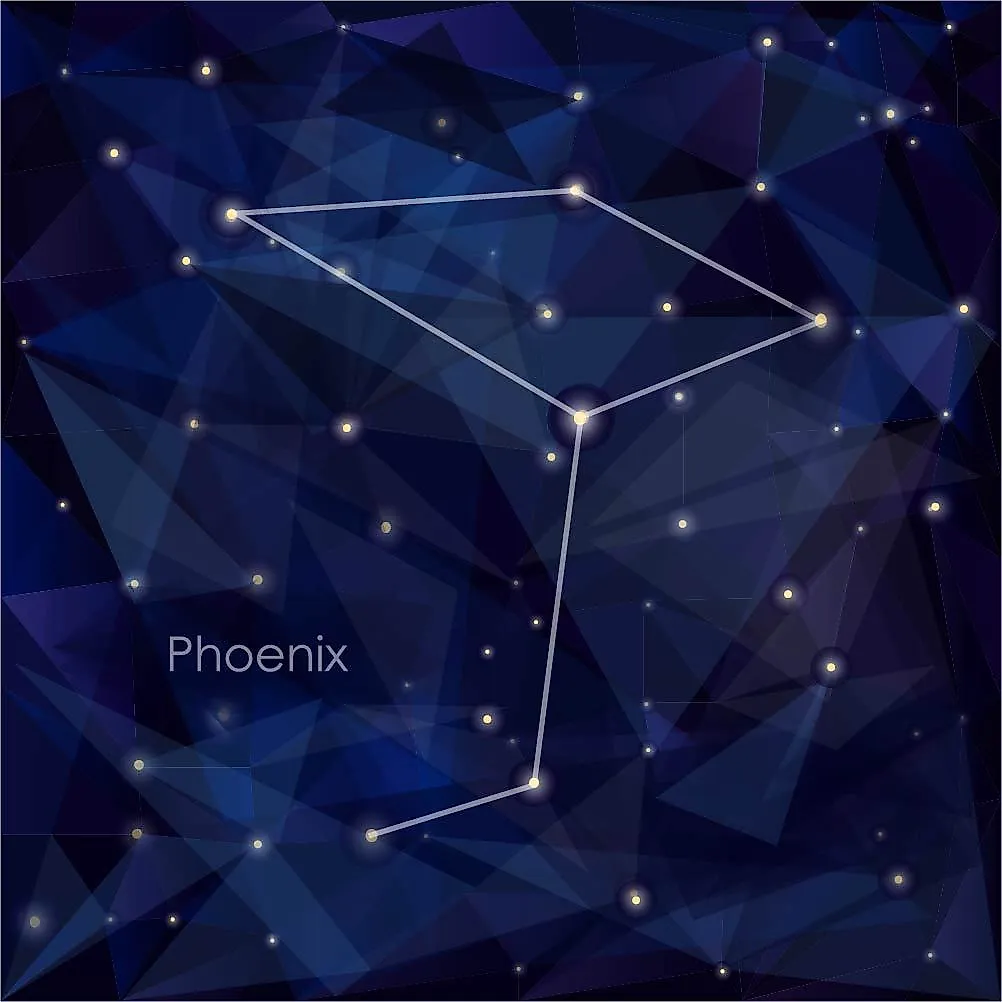
Phoenix is a minor constellation named after mythical phoenix, the bird reborn from the ashes. It was named by Johann Bayer who first depicted it in his 1603 Uranometria. This constellation is located in the southern sky, and it is most likely to be seen from Australia or South Africa. However, it is considerably dim compared to other constellations.
4. Pegasus
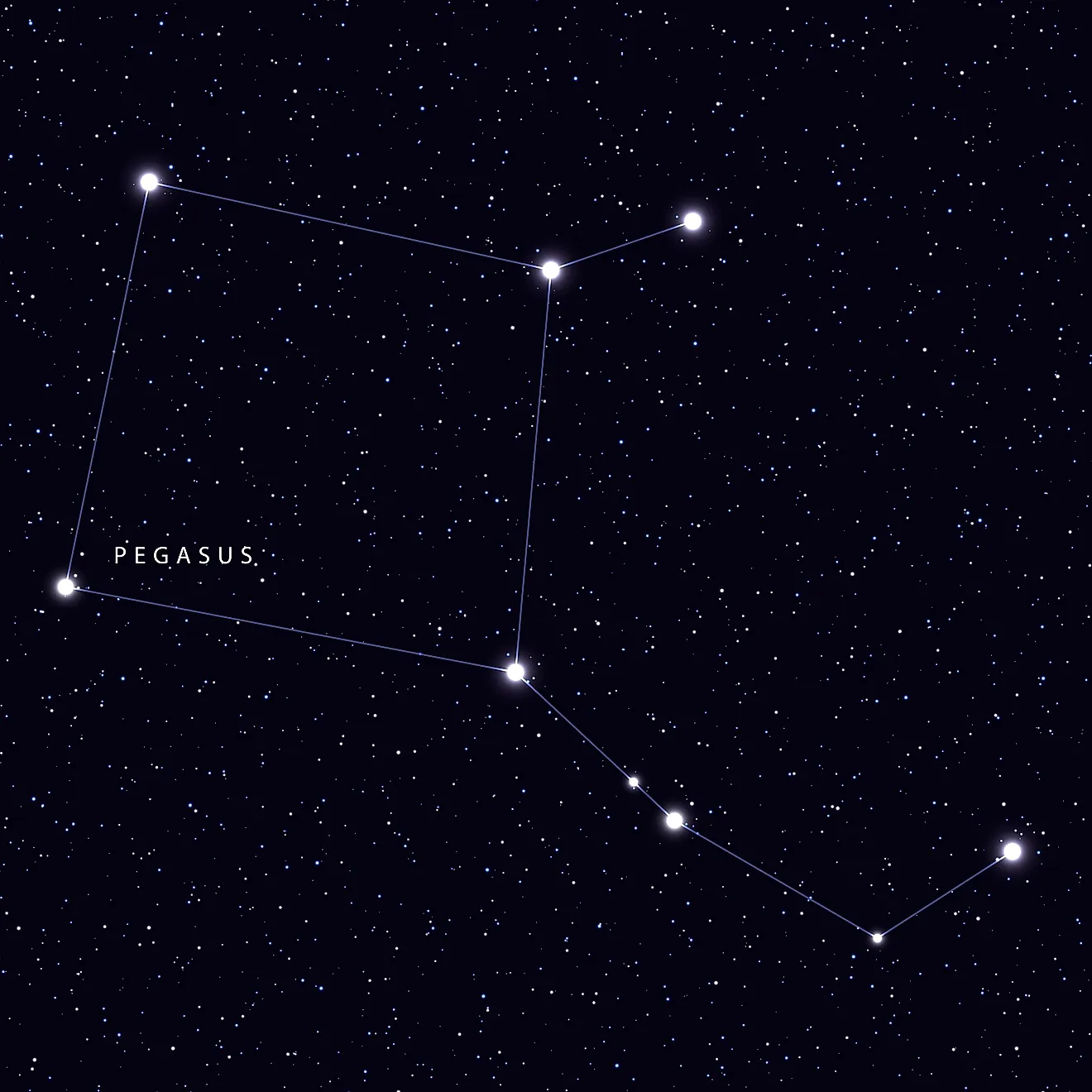
Pegasus is a constellation located in the north sky. It is the 7th largest of the 88 recognized constellations. The brightest star within the constellation of Pegasus, Epsilon Pegasi, is estimated to have a mass that is 12 times that of the sun!
3. Ursa Major
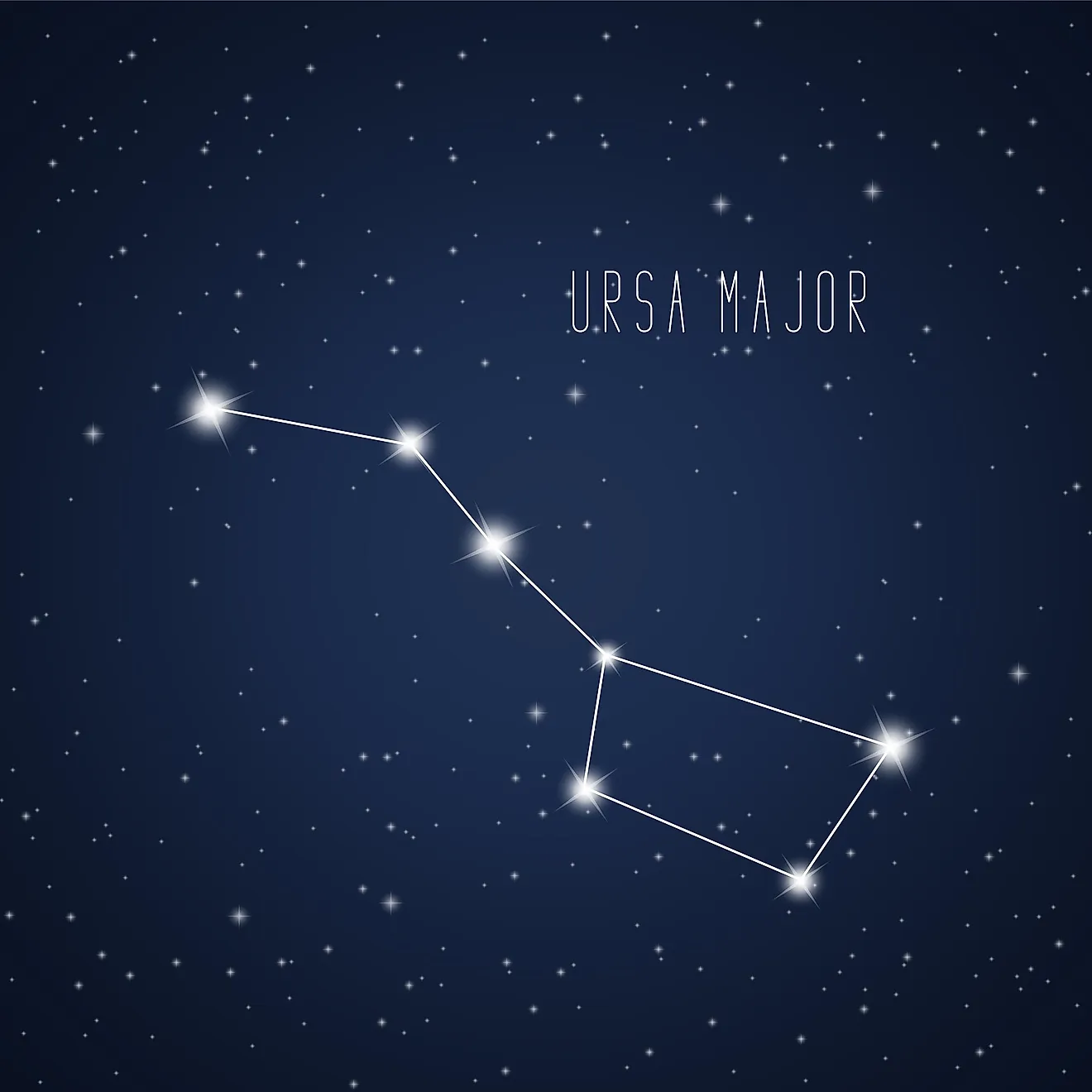
Ursa Major constellation is in the northern celestial hemisphere and part of the 2nd century constellations listed by Ptolemy. Ursa Major can be seen all year round in most parts of the northern hemisphere. The constellation’s name, which translates to “greater she-bear,” is associated with mythology and amateur astronomy in numerous world cultures. Ursa Major’s most visible pattern is a group of seven averagely bright stars mimicking the shape of a Lesser Bear. The constellation is the third largest and is home to many deep-sky objects including the Messier and NGC objects, and the Hubble Deep Field.
2. Ophiuschus
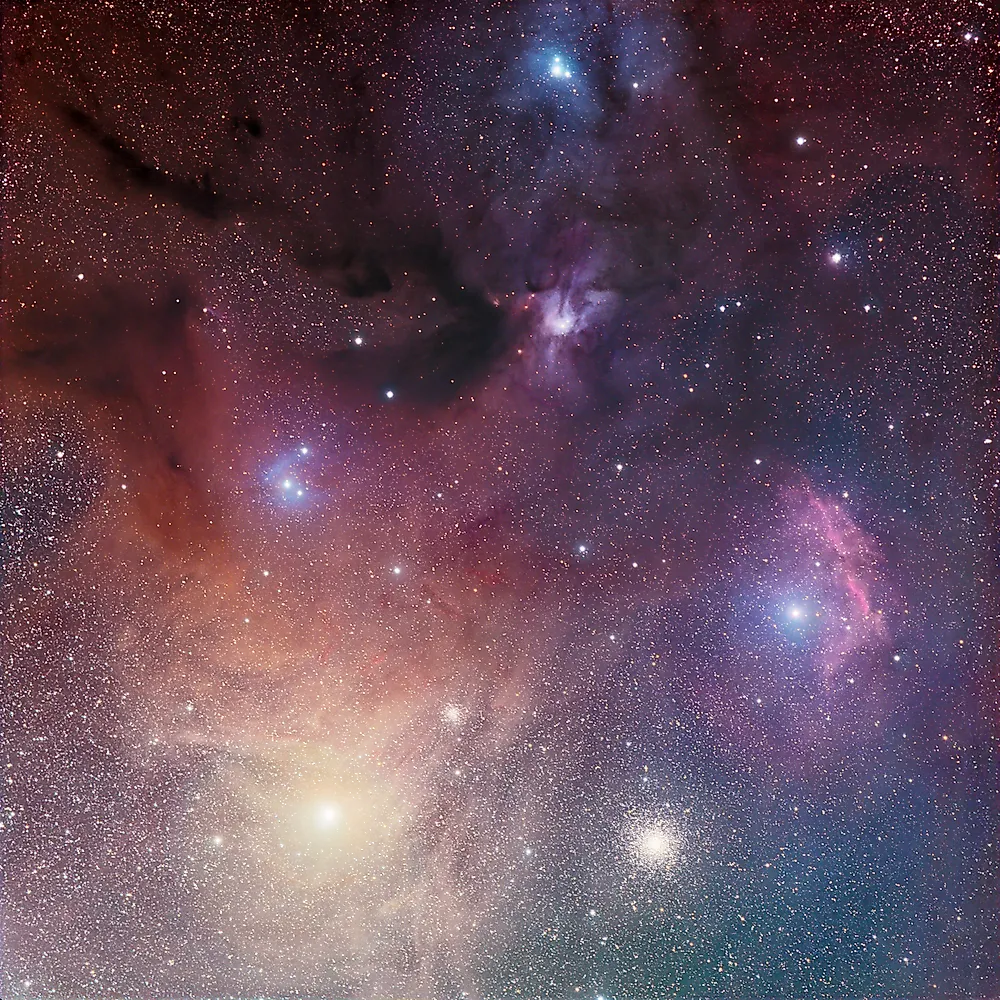
Ophiuchus constellation is located around celestial equator. Its name is derived from Greek word “Ophioukhos” which translates to “Serpent-bearer.” The constellation is represented as a man grasping a serpent. Ophiuchus was part of the 48 constellations listed by Ptolemy and was formerly referred to as Serpentarius. The constellation is in the center of the Milky Way. It is best seen during summer.
1. Orion
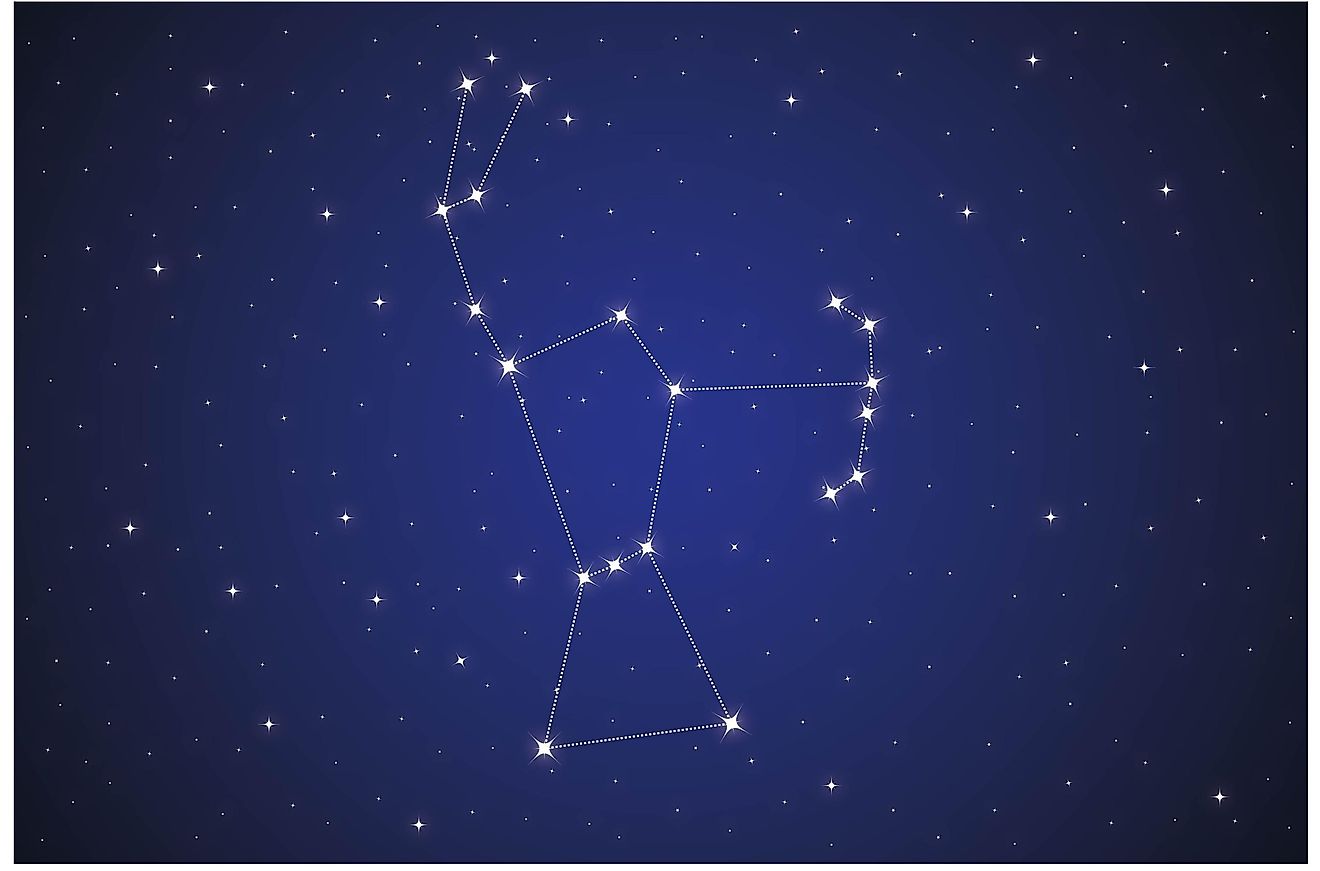
Orion is one of the prominent constellations in the sky. It is on the celestial equator and can be seen throughout the world. Orion is a prominent and identifiable constellation in the night sky. It was named after Orion who was a hunter according to the Greek mythology. The constellation covers 594 square degrees ranking 26th of the entire constellations by size. It is mostly visible in the evening sky between January and March. The constellation’s seven brightest stars form a hourglass-like feature in the sky. The seven stars are some of the most distant and are easily visible with naked eyes











